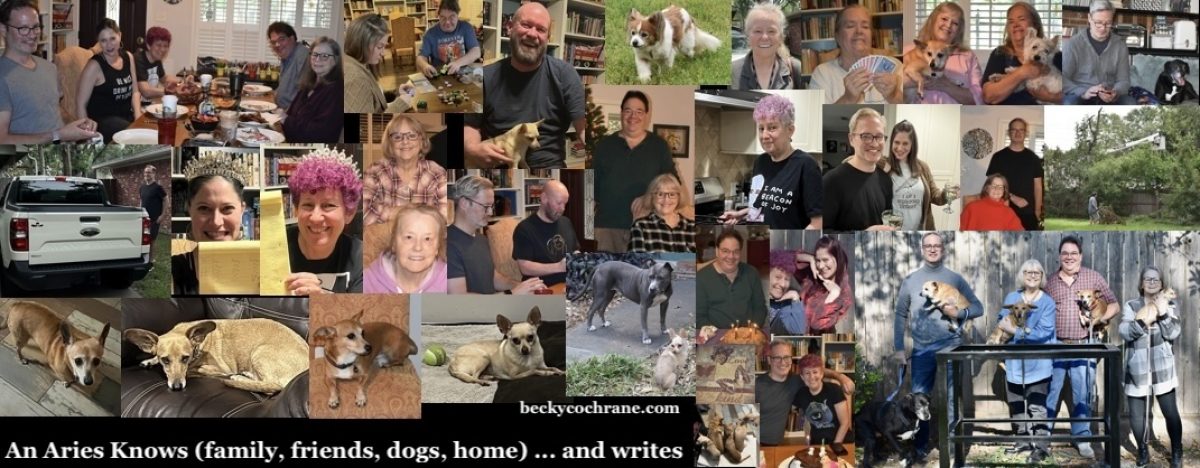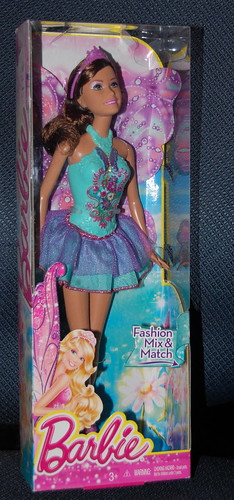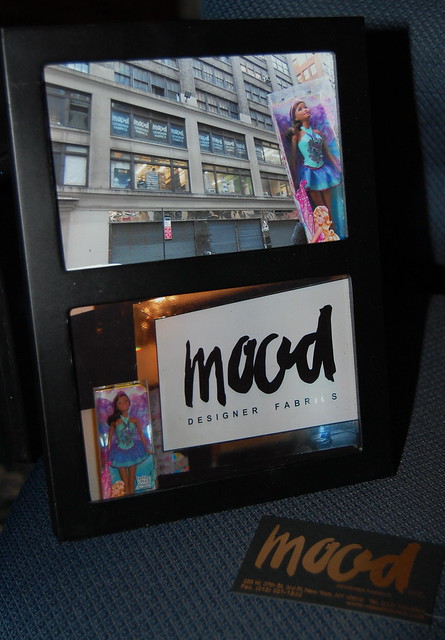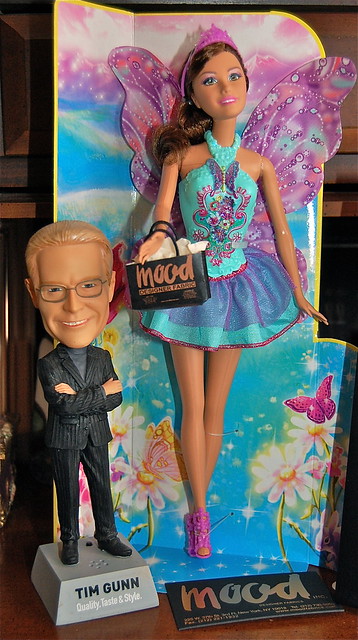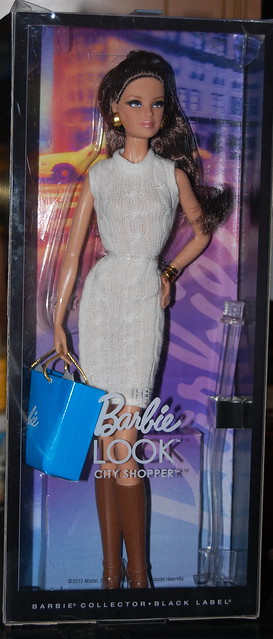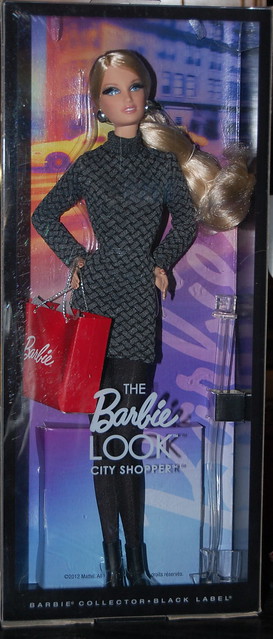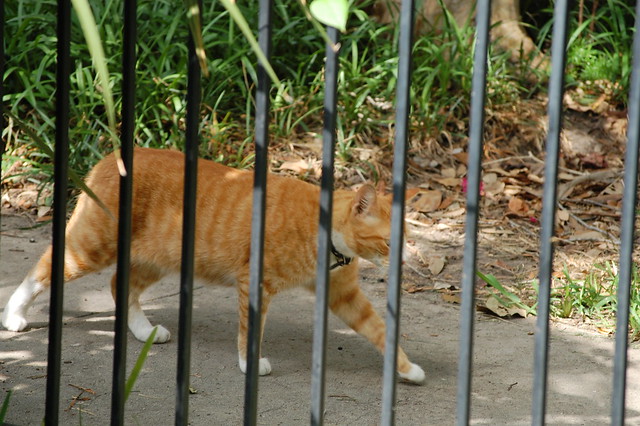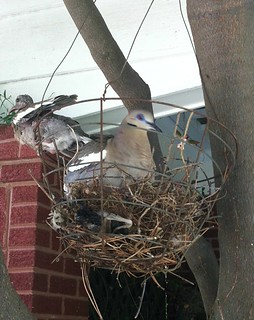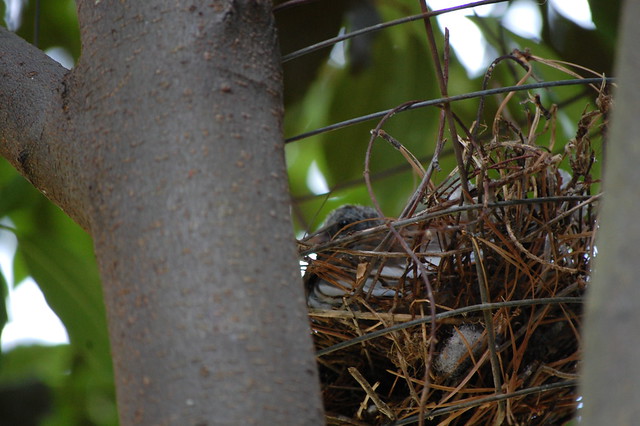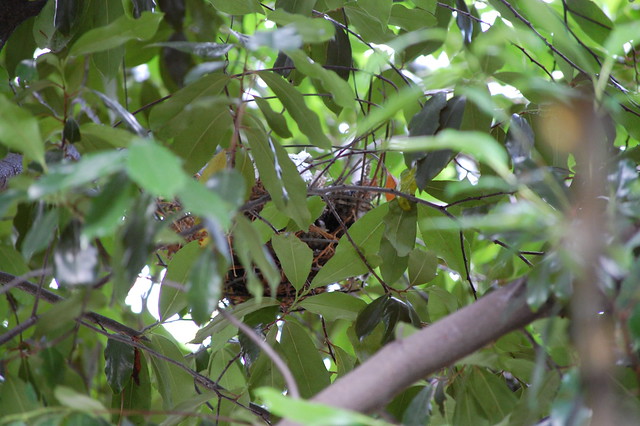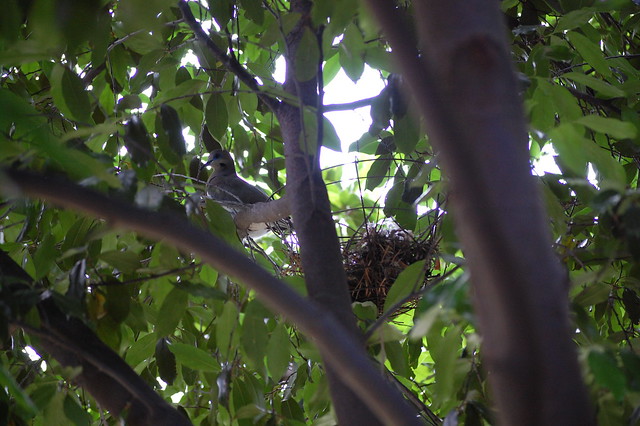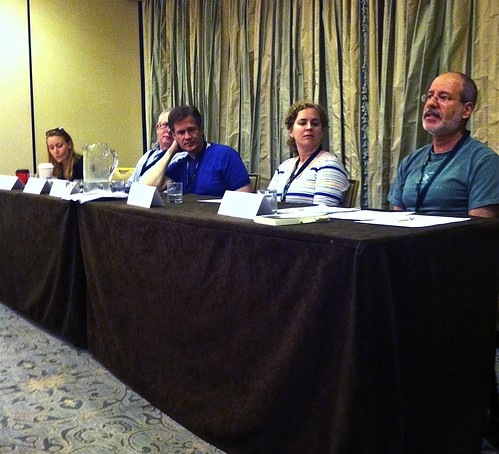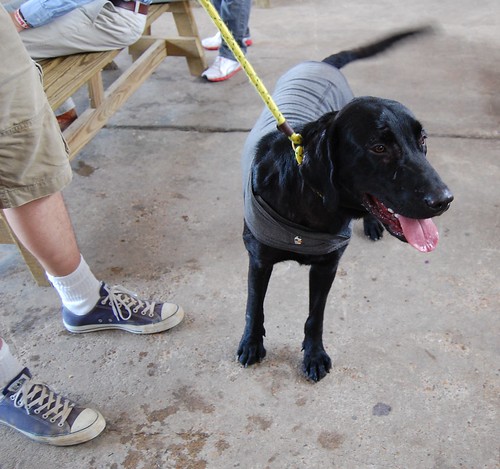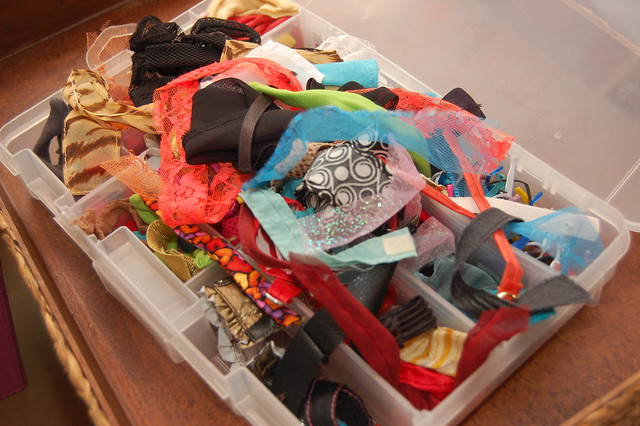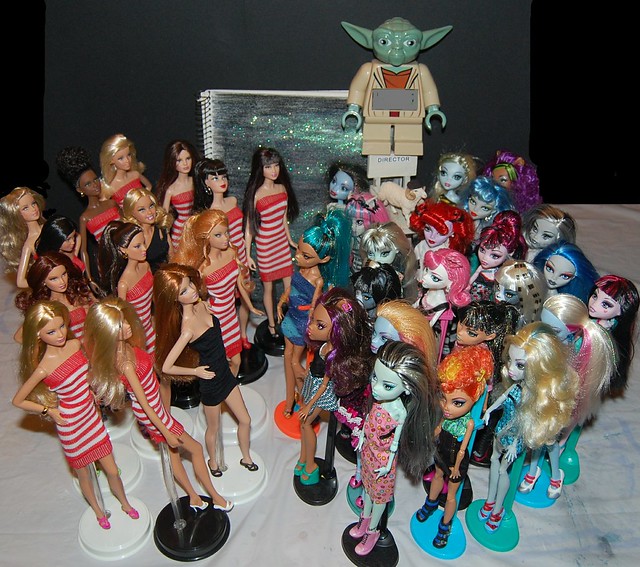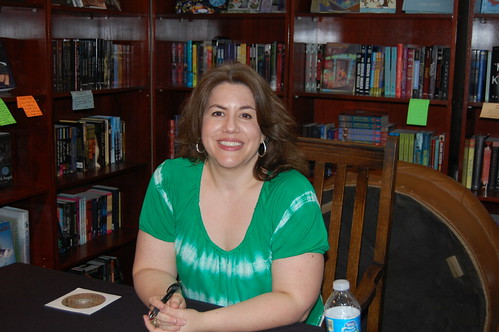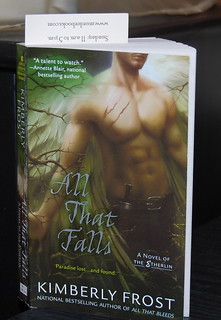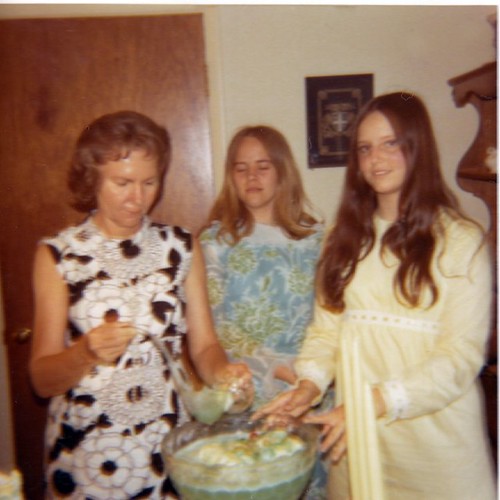Creative self-expression: Though conventional wisdom has it that writing is a solitary act, I tend to disagree. First, a writer’s life is full of interactions and observations that inspire the work and feed the muse. Second, once a writer engages any reader during the writing process, collaboration begins. And if the writer pursues being published, collaboration extends to editors, publicists, and booksellers.
When Timothy and I developed our Saints and Sinners panel “Your First Readers: How Editors Become a Positive Part of Your Short Story Process,” we were fortunate to be able to include contributors to Foolish Hearts and Best Gay Romance 2014 who were attending the festival.
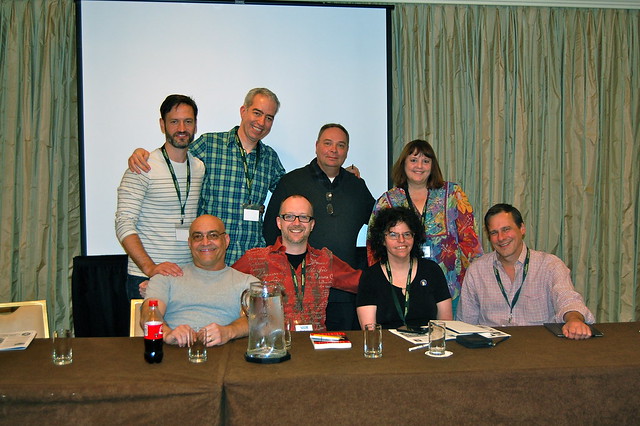
standing: Timothy J. Lambert, David Puterbaugh, Jameson Currier, Becky Cochrane
We were also happy that two of the panelists, Jameson Currier and Greg Herren, could add their perspectives on both sides of the editor/writer relationship. Although we’d allowed time for the writers to read from their works, that didn’t happen, but they were able to offer specific examples from their stories of how they work with editors.
Here are a few bullet points from our discussion that might be of interest to writers hoping to be published.
- Read. Follow the guidelines in a Call for Submissions. When an editor is inundated with dozens, up to hundreds, of stories, from which s/he can choose only ten to fifteen for an anthology, your failure to follow submission guidelines makes it easy to reject your unread short story. If you don’t like the guidelines in a CFS–for example, you want to submit your story by mail, but the editor requests electronic submissions only–rather than get into a prolonged argument with the editor about why s/he’s wrong, perhaps a writer should reconsider whether a publication is the right place for her or his stories.Note the deadline. Note the correct address for sending your story. Note the word count. Note the editor’s name. Heeding whatever information is in the CFS and following through on it gives your story a much better chance of being read.
Also note the theme. Mystery? Romance? Erotica? Gay? Lesbian? Urban fantasy? Young adult? Paranormal? Christian? Trust me, no matter how good your story is, if it doesn’t fall within the theme the editor’s looking for, it can’t be accepted because it wouldn’t work with the other stories in a collection. Don’t waste an editor’s time by sending your story to everyone who issues a call for submissions without regard for the theme of a collection.
- Research. When Timothy and I get a story that we’re inclined to accept, we do an Internet search on the writer. Does he or she have a blog? Stories in other anthologies? Has the writer trashed other writers or editors he or she has worked with? Does the writer present a professional online presence or is he or she always convinced there is a cabal of publishers or readers who are actively conspiring to keep his or her greatness from the public? (Does that sound ridiculous? It happens!) Or when we’ve specifically stated that we want unpublished stories, and that we consider online availability of a story to mean published, and we then find the story archived on someone’s blog or LiveJournal or writer’s group, that’s an automatic rejection from us.Likewise, as a writer, you should do some research. Does the editor issuing the call have a good online record of promoting writers s/he’s worked with in the past? Does that editor seem to have the respect of others in the writing profession? Is the editor one of those people who believes there is a cabal of publishers and readers conspiring to keep his or her greatness from the public? (Still ridiculous; still happens.) What types of stories has the editor accepted in similar anthologies? You should write the stories you want to write, but you’ll have a better chance of getting them accepted by an editor who’s shown enthusiasm for stories like yours.
- Revise. Finally, before a writer submits a story with hope of publication, why, why won’t s/he find someone to do even the most rudimentary proofing job on it? If you’re poor, barter with someone! Babysit an English graduate student’s kid if s/he’ll agree to proofread your story. Cook someone a couple of meals in exchange for line edits. Or if you have money, negotiate fair payment for the level of editing your work requires.Although Jameson, Timothy, and I all admitted that there are writers we’re willing to take more time to edit because they’re just that good, those writers are usually ones with whom we already have some knowledge or an existing professional relationship, and we know that their stories are so good that it’s worth our time to deal with some of their writing flaws. If you’re new or unknown, especially if you’re unpublished, do everything you can to make sure your story is perfect before you submit it. It definitely increases your chances of getting your story read, and it’ll never be accepted if it’s not read.
Everyone on the panel had experience with a story or novel that was improved by editing. And this is why I think that long before your story reaches the public, it has gone through the collaborative process of beta readers, crit groups, friends willing to read and comment, and professional editors. Speaking as one editor, I can assure you that there is endless satisfaction in getting a good story, being able to make it a better story in even the smallest way, seeing it in print, and hearing a writer read it aloud as so many of our contributors are doing in their local bookstores, at conferences, and in classrooms.
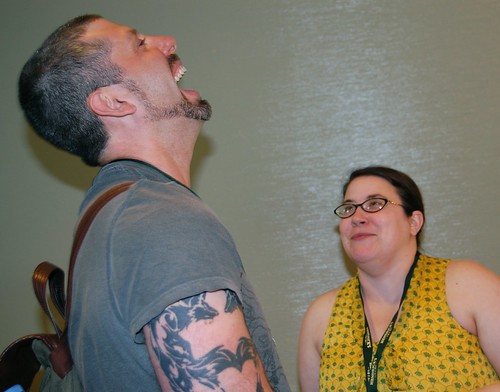
Book reviewer Candice Huber was one of the people who attended our panel, and it was great to hear her insights on e-publishing. This is a field with which I have very little experience, other than as a reader. I have downloaded books, both free and that I paid for, that I won’t read beyond the first few pages because they are so full of flaws and bad writing. Chances are I’ll never give that writer another shot; there are too many good books I can read instead.
However, I can see value in putting your work online or making it available to download. When you want to share writing and get feedback, begin building a community of readers who will one day be willing to pay for your published work, or if you are a published writer who wants to maintain reader interest using short stories or novellas in the time between your published books, there are many ways to use the Internet. I reiterate what I always say about an online presence: You will be judged for how well you write, whether it’s in a blog, a contributing essay to a web site, or examples of your fiction. Be mindful of that, and be a professional, because the more readers your work finds, the more feedback and criticism you’ll get. Learn what you can from it, and strive to put your best work out there.
If you have any questions related to these topics, please ask in comments. And if you were at the panel and remember things I forgot, please add those in comments, too!
ETA: It took me about two hours to write this post. I just counted my edits to it: 42 43.
